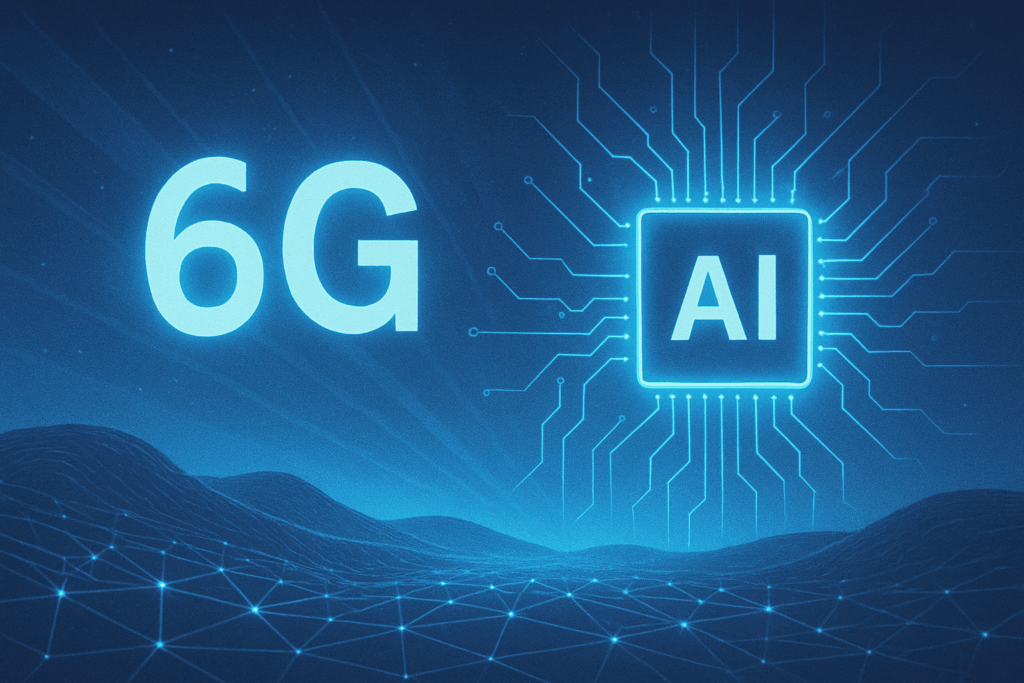Qualcomm’s entry into the PC market is struggling at the moment, largely due to the fact they still require an X86 emulator. One place Qualcomm isn’t struggling is in smartphones because its new Snapdragon 8 Elite processor for smartphones is potentially a game changer. It is in the top performing phones from Samsung, Xiaomi, ASUS, Honor, IQOO, OnePlus and Realme, among others.
This processor promises enough of a bump in both GPU and CPU performance that it works like a gaming or workstation part but for a smartphone. As this performance increases, I begin to wonder how long it will be before Qualcomm realizes its real path to success is likely not with PCs but with smartphones powerful enough to replace PCs.
Let’s talk about that this week.
When PCs Become Redundant
At some point, every product class becomes redundant. Sometimes, it takes decades, as it did with the terminal, TV trays, telephone modems, phone booths, videotape players, and tube TVs. Sometimes, it only takes years like it did with the Stingray bike, quadraphonics, 3D TVs, HD DVDs, and portable CD players. One hundred years ago, IBM was making kitchen utensils, steam cars were still relatively popular, as were electric cars (driven mostly by housewives), and if you wanted to travel to Europe from the U.S., you took a ship, not a plane.
Technology tends to move much more quickly. When I got out of college to work at IBM in the 1980s, networks weren’t a thing; we used floppy drives or modems over phone lines to move data, and there was no such thing as a cell phone (mobile phones used technology similar to what ships used at sea and were both very expensive and very large), PCs were just getting off the ground, and the closest thing to a flat panel TV was a plasma display whose idea of color was variants of orange.
The first smartphones were basically Personal Digital Assistants (PDAs) with connectivity. They replaced the two-way pagers that were considered the most amazing technology, but they didn’t seem to last very long at all.
Smartphones and PCs are looking more and more like what happened between pagers and PDAs, PDAs and smartphones, and terminals and PCs. And to completely pivot the smartphone market, all Apple did was market the heck out of the idea that smartphones should be fun.
Today, there is very little a PC can do that a smartphone can’t, including gaming. The difference isn’t really performance, except at the extremes (workstations, high-end gaming rigs). Smartphones can browse the web just fine; they integrate better with your car, and they are generally with you even when your PC is not.
Their issues are screen size, lack of a large keyboard, and lack of a mouse. But with vastly improved voice-to-text, head-mounted displays, and eye tracking, smartphone technology is on the cusp of making PCs redundant. All we’d need is someone to do the Steve Jobs thing and challenge the status quo with a powerful smartphone that rivaled a PC, and we would likely see the PC in our rear-view mirror as we pivoted to the platform that made it redundant.
The Snapdragon 8 Elite
The Snapdragon 8 Elite platform is strong enough to drive this wave with huge performance improvements in graphics and far stronger gaming stats than any prior smartphone processor has achieved.
Phones using this processor already started to show up back in October, and many will be positioned as gaming platforms that showcase the power of this platform. The performance of this processor, compared to its predecessor, jumps from 40% to 45%, which is a massive boost. When these phones ship, we’ll see what that boost does to battery life, but as with all prior processors, it is expected only to have a major hit when you are using all that power. If you don’t need it, battery life should be similar to that of prior generations of products. Qualcomm claims there will be little impact on battery life performance. If they pull that off in production, this processor will become the perfect candidate to power a smartphone PC displacement product.
Wrapping Up
At some point, Qualcomm is going to realize that if it truly wants to attack the PC market, it needs to be with a device design that favors Qualcomm’s energy-efficient performance, size, and weight advantages over its PC counterparts and that uses an OS that runs on Snapdragon natively. When that happens, I expect it will signal the start of a process that could take years if done well or decades if Qualcomm and a partner OEM don’t specifically try to do to the PC market what Steve Jobs and Apple did to the smartphone market.
The potential is there.
- More Than Moore’s Law: AMD’s 30-Year Masterclass in Corporate Responsibility - September 2, 2025
- Google’s AI-Powered Ambition: A New Pixel Ecosystem Takes Aim at Apple - August 24, 2025
- Intel’s Identity Crisis: In Search of a CEO Who Can Make the Elephant Dance - August 15, 2025



